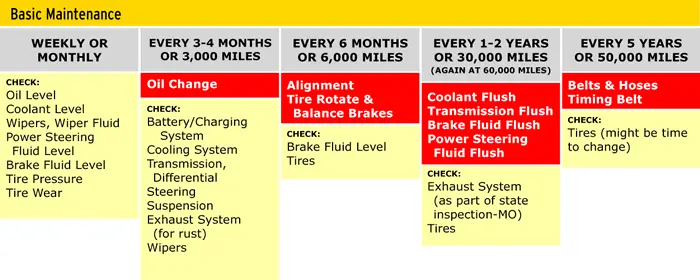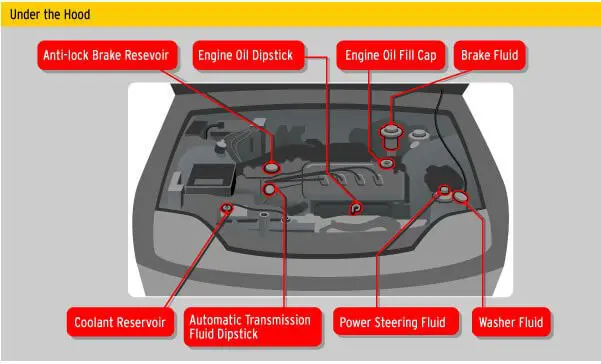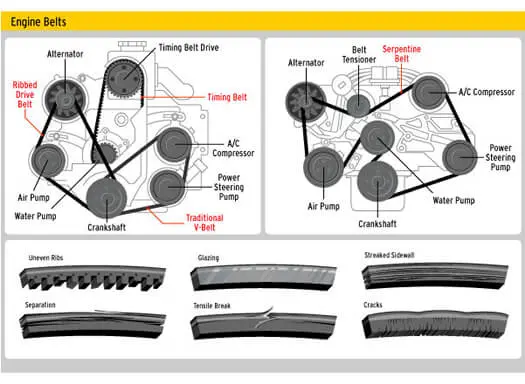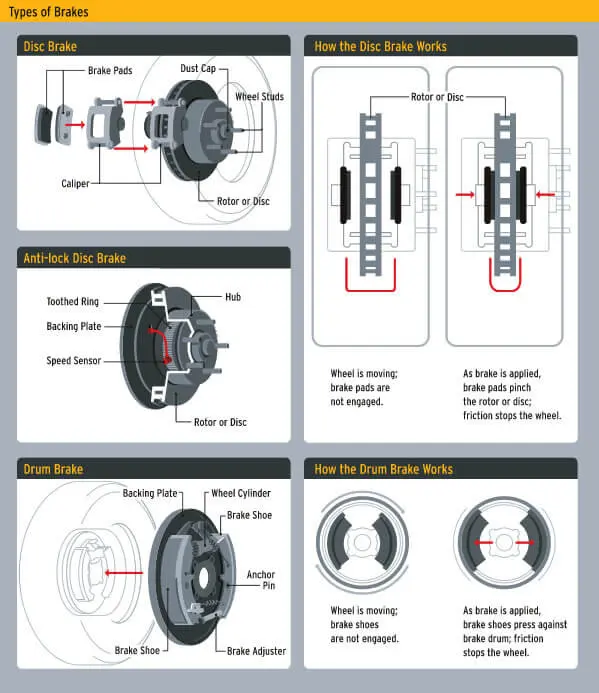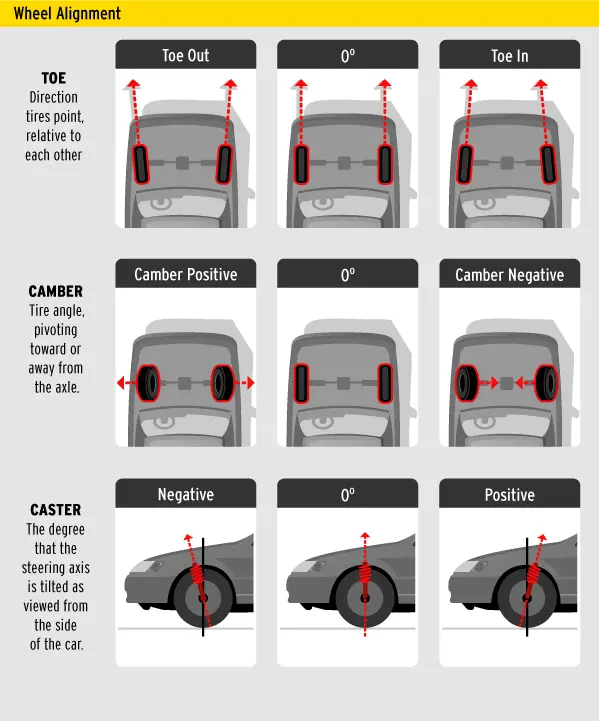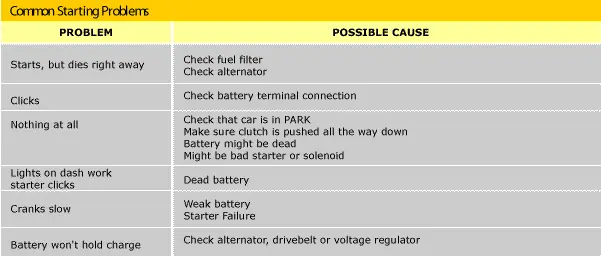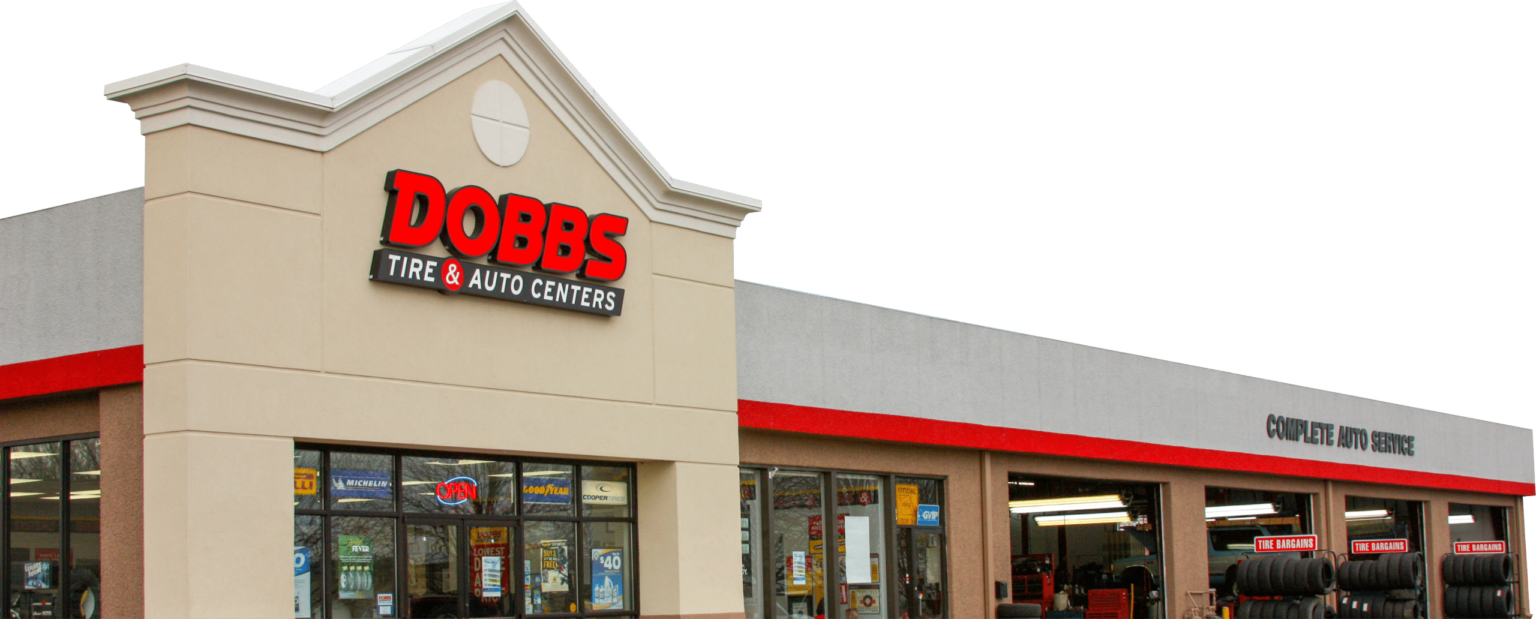Auto Service Tips
We're Here to Help
At Dobbs, we’re experts in auto service, providing answers to questions about your car, light truck, or SUV. If you don’t find your question answered in any of the following FAQs, fill out our Contact Us form, and we’ll promptly get back to you.
No, contrary to popular opinion, it is not necessary that you have your maintenance work done at an auto dealership. Any repair facility with ASE-certified technicians and the proper diagnostic equipment (like any Dobbs!) would be able to follow and perform the required maintenance or repairs on your vehicle, and often for much less than what a dealership would charge for the same work!
Yes, it is very important that you follow your vehicle’s maintenance schedule. Be sure to refer to the owner’s manual and keep good records of all maintenance performed. This helps keep problems to a minimum and insures a safe, dependable vehicle. Once you have a repair done at Dobbs, we will also send out handy reminders in the mail for upcoming routine maintenance on your vehicle—and a coupon for it.
You can keep your car running better, and your repairs costs down, if you follow a basic maintenance chart below. These checks take very little time and are easy to do, so start now! Each particular vehicle manufacturer has a specific maintenance schedule for their vehicle. Please refer to your owner’s manual regarding your vehicle.
Use the chart below to keep track of what fluids you need changed and when. Keep in mind these are general guidelines. You should check your vehicle’s owner’s manual to see what is specifically recommended for your type of car.
In most new model cars, one belt does it all. When you start your car, your engine’s combustion process moves internal parts, which then powers a belt (or a series of belts, depending on your car) at the front of the engine block. This main belt—called a serpentine belt—powers everything from the water pump to the air conditioner to your power steering. Belts and hoses should be checked on a regular basis. Replacement is typically done at 50,000 miles, depending on the type of driving you do.
Due to the advent of computers, vehicles no longer require “tune-ups.” What they do need periodically are new spark plugs and wires. The mileage varies depending on the type of plug (i.e., regular or platinum). Most regular spark plugs should be changed anywhere from 50,000-100,000 miles, based on your vehicle manufacturer’s recommendations and the type of driving you do.
Summerizing Your Vehicle
- AIR CONDITIONING should be checked before the weather gets unbearable. Let it run for several minutes and be sure it's turning out plenty of cold air.
- The RADIATOR should be pressure-checked for cracks, leaks, or corrosion. Hoses and connections should be checked and tightened if necessary. Replace the radiator cap if the rubber seal is dry or damaged.
- Heat is tough on BELTS. Have them checked for cracks, missing sections, slipping, and belt tension. Your belts and hoses should be changed every 5 years, or 50,000 miles.
- Check all FLUID LEVELS and top off if necessary. Especially important in this weather is the coolant level, as well as the age of it. Check when the engine is COLD, never after it's been warmed up. Old coolant is brown or black, and can damage the radiator. It should be flushed every 2 years or 24,000 miles.
- Clean the ENGINE EXTERIOR. A build-up of grime can cause the engine to run hot or hide leaks.
- HEADLIGHTS should be properly aligned and clean. Also check your other lights (parking, brake, etc.) and INDICATORS to make sure they are functioning properly.
- Have your BRAKES inspected to be sure they are in perfect working condition.
Winterizing Your Vehicle
- Battery level should be strong, posts should be cleaned and the battery properly bolted down.
- All FLUIDS should be checked and topped off.
- HEADLIGHTS should be properly aligned and clean. Also check your other lights (parking, brake, etc.) and INDICATORS to make sure they are functioning properly.
- The RADIATOR should be pressure-checked for cracks, leaks, or corrosion. Hoses and connections should be checked and tightened if necessary. Replace the radiator cap if the rubber seal is dry or damaged.
- TIRES should be checked for adequate tread and correct inflation, size, and type. Worn tires will cause spinning in rain and snow. Low tire pressure can lead to blowouts. Consider changing to tires designed for increased traction on wet surfaces.
- WINDSHILED WIPERS are inexpensive and this is a great time to replace them. Also make sure your washer motor is in good working condition and the nozzles are properly aligned.
- ANTIFREEZE should be flushed every two years. Sludge build-up can cause overheating, which causes major damage and costly repairs.
- Your EMERGENCY KIT should be up-to-date:
- Flashlight
- Warning devices - flares or triangles
- Jumper cables
- Blanket
- First Aid Kit
- Other useful items include:
- Non-perishable food and water
- Cloth or roll of paper towels
- Traction mats
- Small bag of abrasive material - sand, salt, or cat litter
- Shovel
- Window-washing solvent
- Cellular phone or citizens' band radio
For Missouri, there are two vehicle inspections that you’ll need every 2 years to register your car: a state emissions inspection and vehicle safety inspection. The vehicle safety inspection is available at any of the 45 Dobbs locations. We recommend scheduling an appointment for this service.
Beginning September 4, 2007 the State of Missouri has made the change to allow qualified and equipped independent service providers the ability to perform the required emissions test. Dobbs can also perform an L1 emissions-authorized system analysis and repair the problem for your. This specialty service is available at most of the 45 Dobbs locations.
To diagnose a computer problem on today’s modern vehicles, our certified technicians are put through very extensive (and expensive) training. In addition, the equipment used by the technician to get accurate readings is costly. But Dobbs does have the best-trained mechanics in the business, trained to work on all makes and models. So rest assured, we’ll do it as fast as we can. We can fix it right the first time because we know exactly where the problem is located before we begin. This is how Dobbs can offer what dealers cannot – same day service.
There are two different kinds of brakes: disc and drum. On disc brakes, when the brake pedal is pushed, pads with friction material “grab” the rotor, which rotates with the wheel, to stop the rotation. Drum brakes also rotate with the wheel, but when the brake pedal is pushed two brake shoes are pushed outward, against the drum, to stop the rotation. Either system could have anti-lock brakes, which puts a computer in control of each wheel individually to “pump” the brakes quickly during a panic stop situation to avoid wheels locking and vehicle skidding.
This is most likely indicative of a warped brake rotor or drum, but it could also indicate a suspension problem such as a loose front-end part or possibly a bad strut or shock absorber.
One of the most common causes of pulling to either the left or right is that the wheels are out of alignment. Bad alignment can also cause loose handling or wandering, a vibration or shimmy in the steering wheel, or the steering wheel not being centered when your car is moving forward. Other causes for pulling may be brake problems or even a bad tire. If you notice any of these symptoms you should have your car’s alignment checked by a certified technician as soon as possible.
This typically indicates a tire-balancing problem (NOT an alignment problem, see question #5). However, it could be associated with your vehicle’s suspension, such as a loose front-end part. Vibration may also be due to other mechanical problems.
It could be as simple as debris or brake dust on the brake pads or shoes, or due to glazed rotors or drums—which would need to be resurfaced or replaced. If you hear a high-pitched squeal when your foot is OFF the brake pedal that goes away when your foot is on the pedal, this is an indication that you need service.
Most likely it’s the battery, the starter or the alternator, though your ignition system is made up of a numerous other parts and it could be something else. Below is a chart of some common problems:
An illuminated “check engine” light is an indication that your vehicle’s computer has picked up a signal from one or more of its sensors telling it there is a problem. You may or may not detect the problem yourself, but it should be checked out as soon as possible. Dobbs certified technicians have access to all of the coding information and official technical service bulletins that apply to your vehicle’s specific make and model. This is not necessarily a quick fix, as it could take some time to diagnose the problem.
If you notice a chirping sound coming from under the hood, it could indicate a possible belt problem or belt tension problem. But there are a number of pulleys and other various parts under your hood that could also make a similar noise, such as the water pump or alternator. These need to be checked to make sure that no breakdown has occurred. Any one of these problems—if not addressed promptly—could result in your vehicle needing to be towed to a repair facility. Therefore we recommend having the problem checked out by a certified technician as soon as possible.
If you notice a sweet smell coming from your vehicle this is usually an indication of an antifreeze leak. If the smell is coming through your vents it is possible that there is a problem with your car’s heater core. This must be checked as soon as possible. If not, you run the risk of your vehicle’s engine overheating and doing much greater damage.
